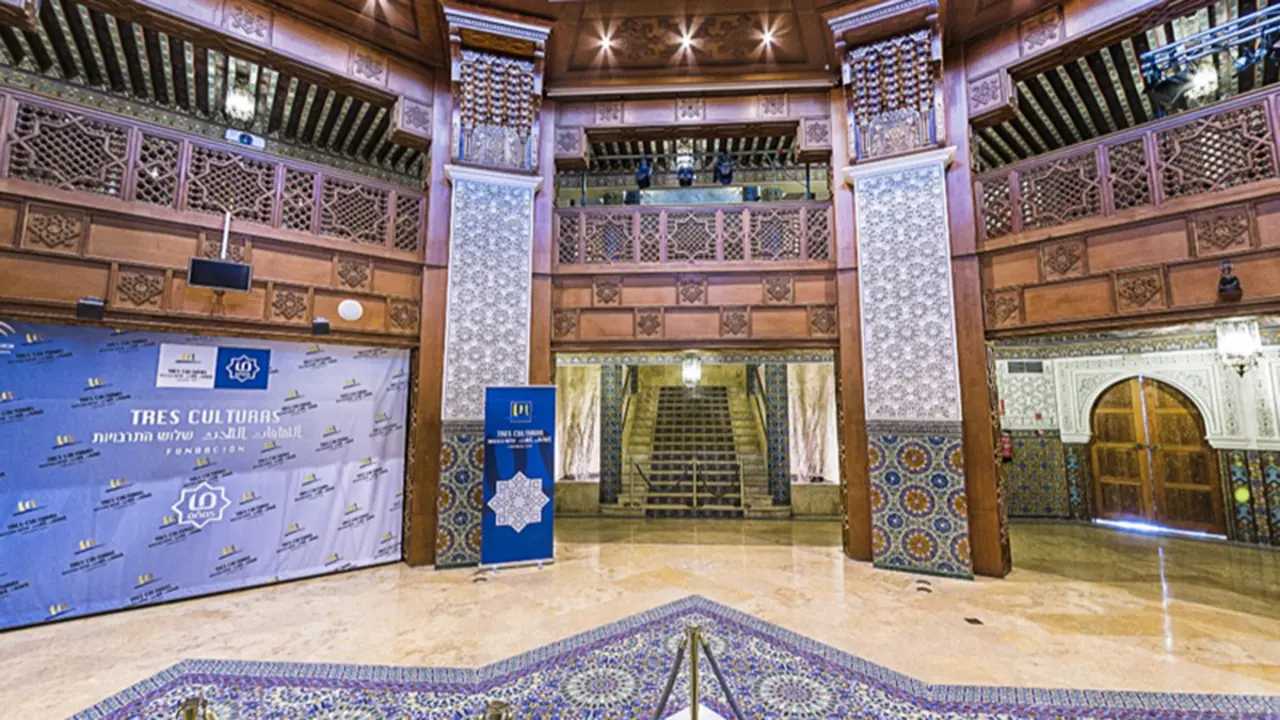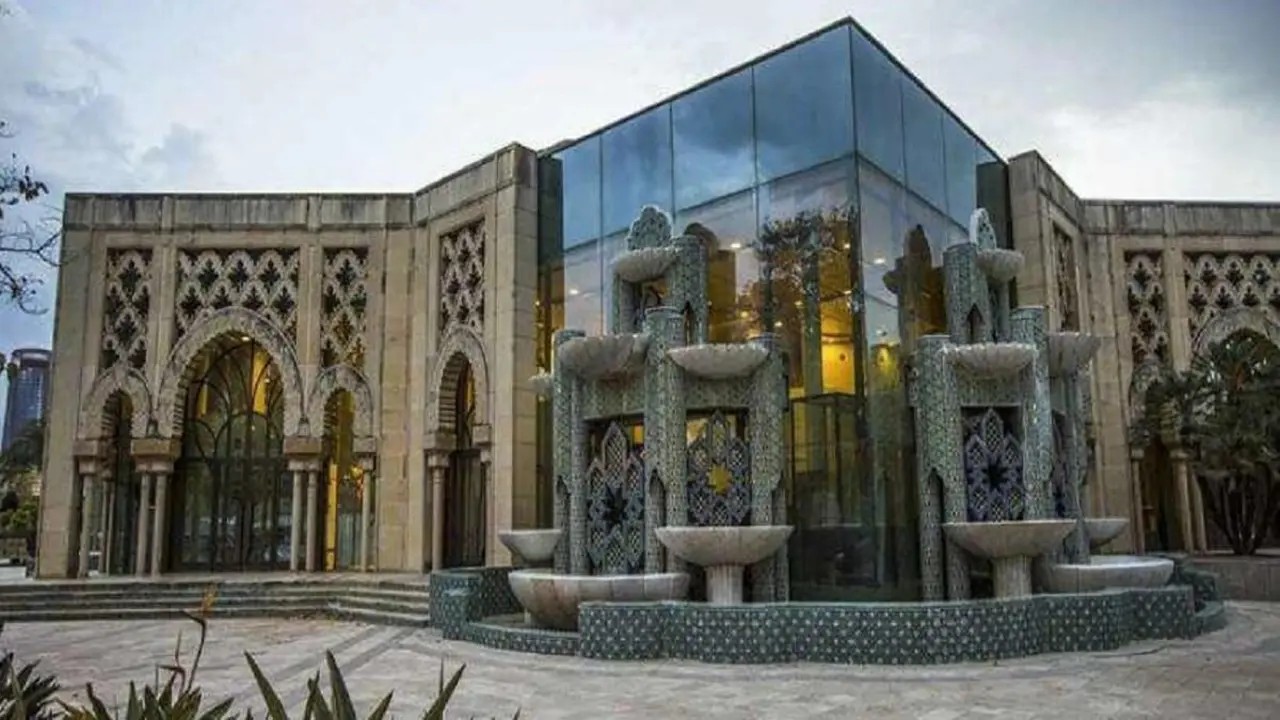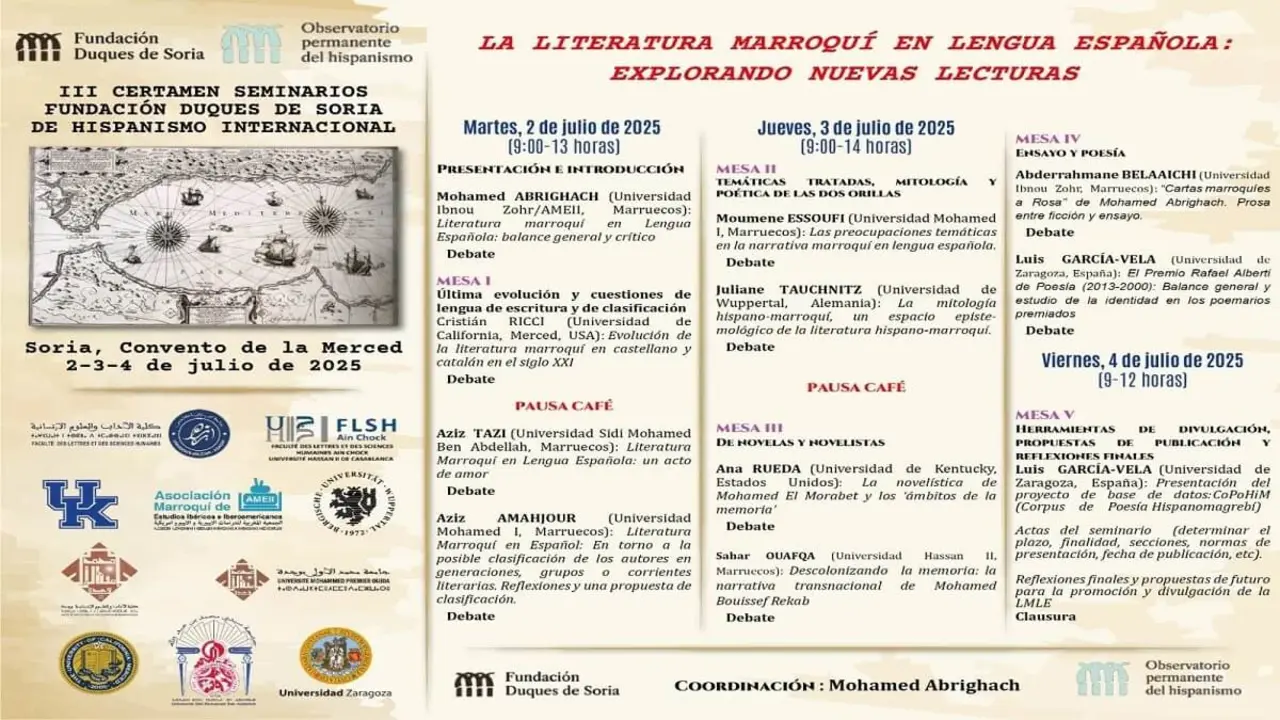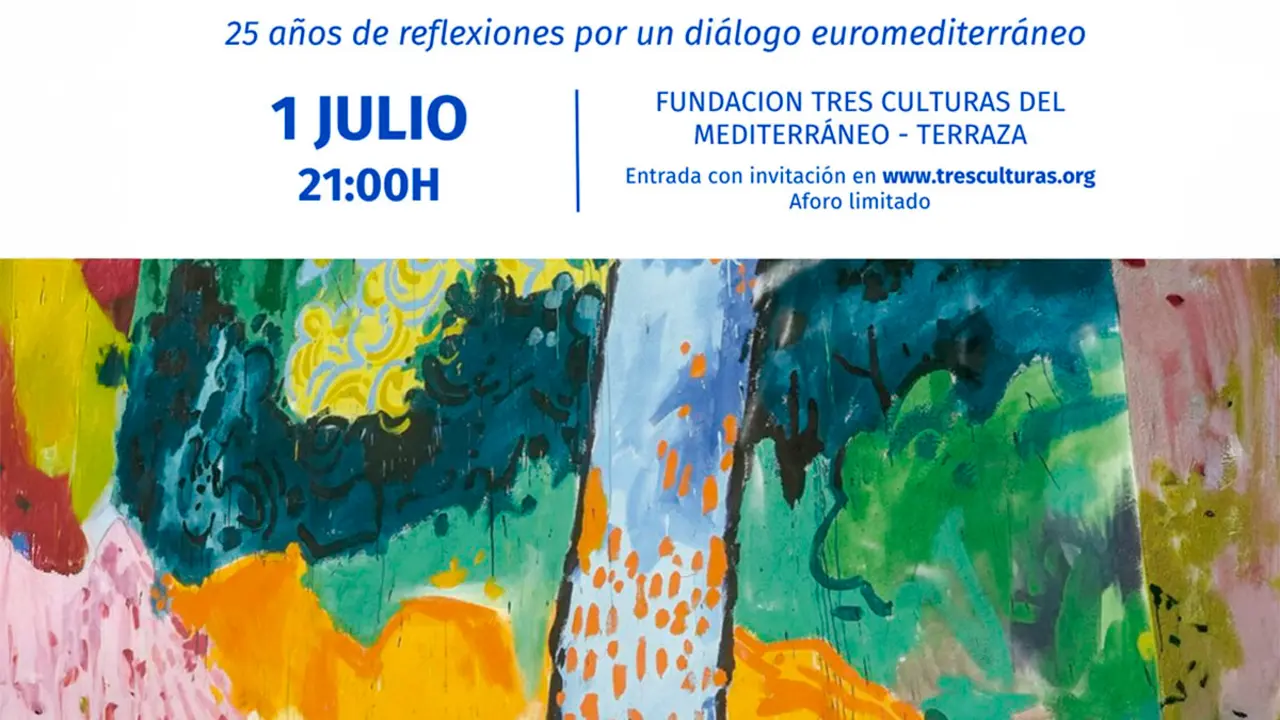CosmoCaixa prints the future with the 'PRINT3D' exhibition

Ignasi Miró, director of the Department of Culture and Science of the "la Caixa" Foundation, Valentí Farràs, director of CosmoCaixa, and Javier Hidalgo, head of science exhibitions of the Department of Culture and Science of the "la Caixa" Foundation, presented 'PRINT3D. Reprinting Reality' at CosmoCaixa. The exhibition allows visitors to take a journey through the present and future of 3D printing, a technology that seems to have no limits. In it, visitors will be able to discover some of its properties, such as versatility, speed or sustainability, and learn about the scope of the revolution driven by the use of this technology.
Throughout the tour, multiple practical applications in which 3D printing is already being used can be seen, such as in the fields of medicine, fashion, construction or art.
This technology is increasingly accessible and capable of producing at scales and sizes that were unthinkable a few years ago. And, although it may seem like science fiction, the bio-printing of living fabrics, or the futuristic construction of the first lunar dwelling, is already a reality. The more we know about its use, the more we wonder if there are any limits to 3D printing.
Divided into eight thematic areas, through which 3D printing can be explored in situ, as well as raising scenarios of a future that seems ever closer, the exhibition is made up of more than 40 pieces printed in 3D, accompanied by audiovisual elements and multiple educational modules for visitors to discover this world and delve into it.
PRINT3D. Reprinting reality' is a temporary exhibition organised by "la Caixa" Foundation with the aim of promoting the dissemination of scientific knowledge, research and, in this specific case, the democratisation of this technology, which already forms part of our lives and which transforms them on a daily basis.
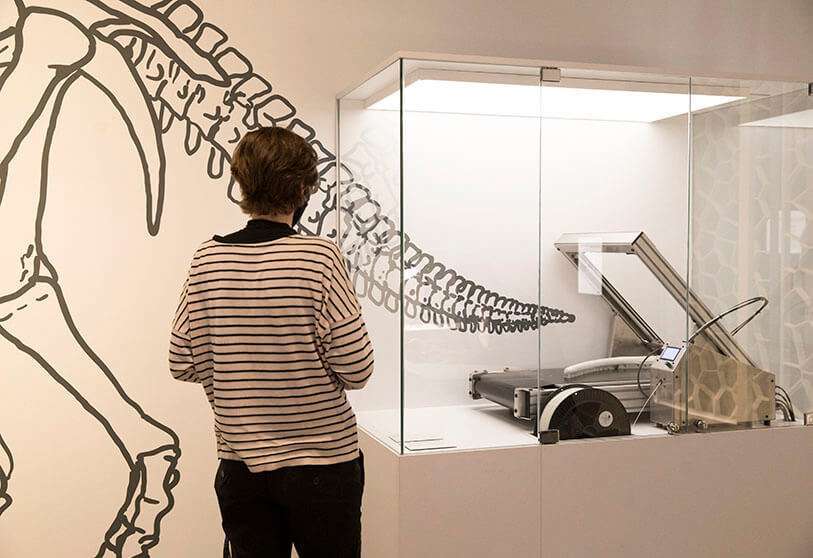
The idea of printing three-dimensional objects has become a reality thanks to 3D printing, which, from a digital model, makes it possible to create an infinite number of physical objects. Visitors will be able to understand, through various modules, the difference between working with two dimensions using the axes, X and Y, or working with three, X, Y and Z. They will also see how the different ways of printing and, of course, the different materials that can be used go from the idea or data to the print.
3D printing is based on additive manufacturing, because it adds material layer by layer to produce the parts. The popularization of this technology has allowed the appearance of various materials with their own characteristics and adapted to specific uses, such as biomaterials, among others. This opens up a world of possibilities for science, industry... and, of course, for creative people with access to this technology. It is enough to give free rein to the imagination to create from small to large format everyday objects.
The advent of 3D printing has brought about a revolution in the field of health. It has become a crucial element for diagnoses, treatments, surgical interventions or medicines, among other applications. For some time now, the use of digital models to carry out pre-surgery simulations has significantly improved results. With 3D printing, personalised treatments are achieved that help to improve people's lives more efficiently.
The creation of low-cost prostheses for both people and animals has changed their daily lives. Every day, new news appears about the use of this technology to improve our lives, such as the manufacture of personalised medicines in a single tablet. Other relevant pieces present in the exhibition are impressions of organs or broken bones that have been used prior to the operations, in reference hospitals.

Each person is unique, as are their aesthetic preferences and environmental commitment. 3D printing allows the creation of pieces adapted to the singularities of each body and to the preferences of the person. It is very simple: from the data obtained by a body scanner, garments can be created that adapt to each person's body, as well as footwear or any other type of accessory. The materials used play an essential role in achieving new textures and reducing the carbon footprint. Thanks to the 3D printing technique, we move from mass production to total customization and unique designs. If you want to see how the Nervous Systems kinematics dress would look, an iconic piece generated in a personalized way from the real measurements of each person and printed in one piece, go ahead!
3D printing is a very attractive means of expression for artists. The incorporation of this technology offers numerous creative possibilities, such as rethinking everyday objects, reinventing such classic disciplines as music by creating new sounds, or working with movement to create real works of art. 3D printers can be used as an expressive resource or as a working tool, and the piece produced in three dimensions can constitute the work itself, or be a step in the process of creating the final work.
Large format 3D printing offers numerous applications in the fields of automotive, aeronautics, industry, etc. Engineering companies rethink their processes to detect cases in which this technology allows them to reduce costs, optimise the obtaining of prototypes or final parts and guarantee their quality. Many of the advances in this field are determined by the use of new materials that meet industrial requirements and the printing of large volume parts. One example is in the aeronautics sector, which is always looking to reduce the weight of aircraft in order to consume less fuel. 3D printing makes it possible to generate lighter parts while maintaining structural properties.

Any new technology that is deployed on a large scale causes global changes. For users, 3D printing can become an everyday tool with which to explore the world with new eyes. Socially, it can transform the production model and consumption habits, as well as favour more sustainable approaches, such as recycling and the circular economy. At the same time, digitalisation and 3D printing can create new ethical challenges, depending on the use made of the data obtained and the models created.
3D printing offers new possibilities for space exploration. On the one hand, it will be possible to print habitats on the Moon or Mars, using local materials and robotic systems. On the other hand, the versatility of this manufacturing technology will also be key to overcoming some of the most important logistical challenges, due to high transport costs. From the same base material, it will be possible to create spare parts or customized tools on demand. It will only be necessary to transmit the digital models and produce them at the last frontier of humanity. For perhaps 3D printing knows no limits.


